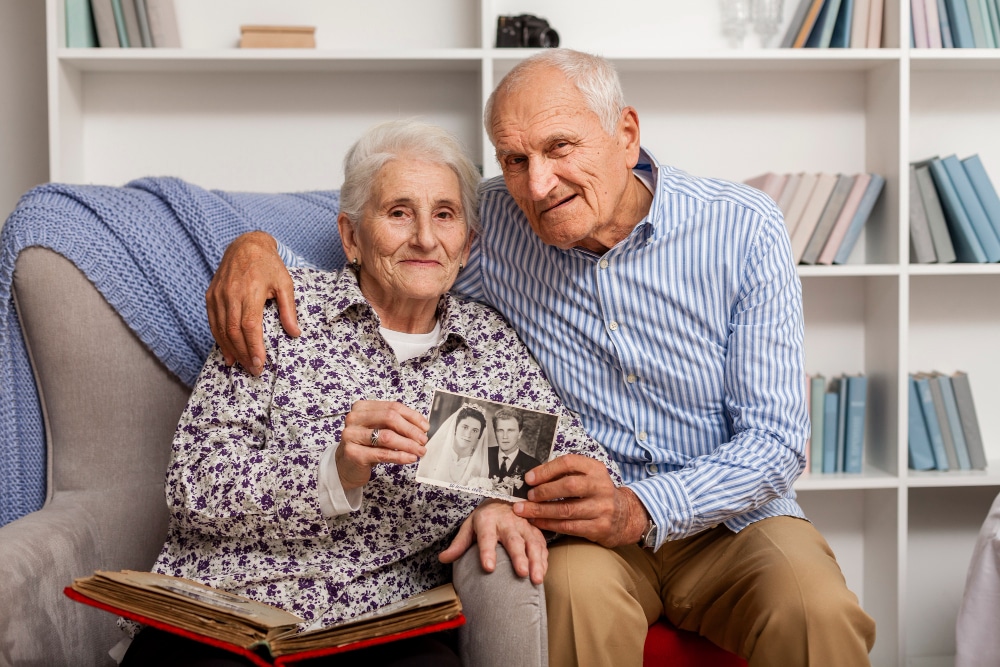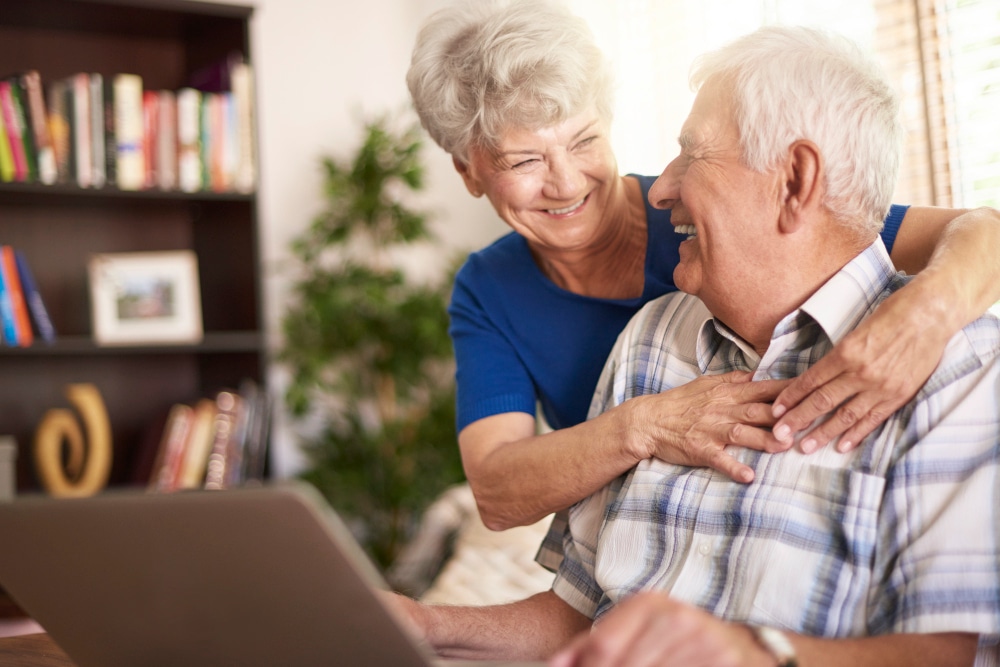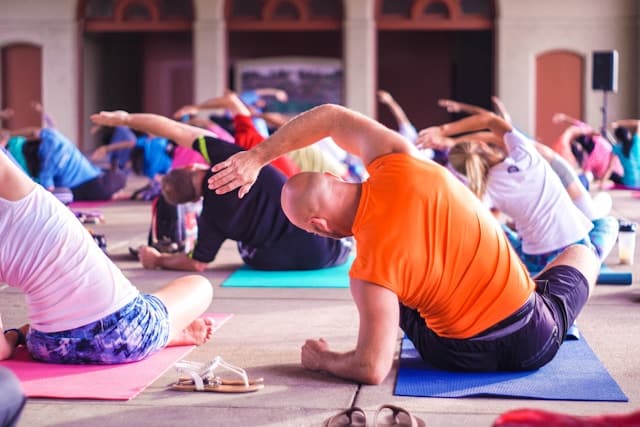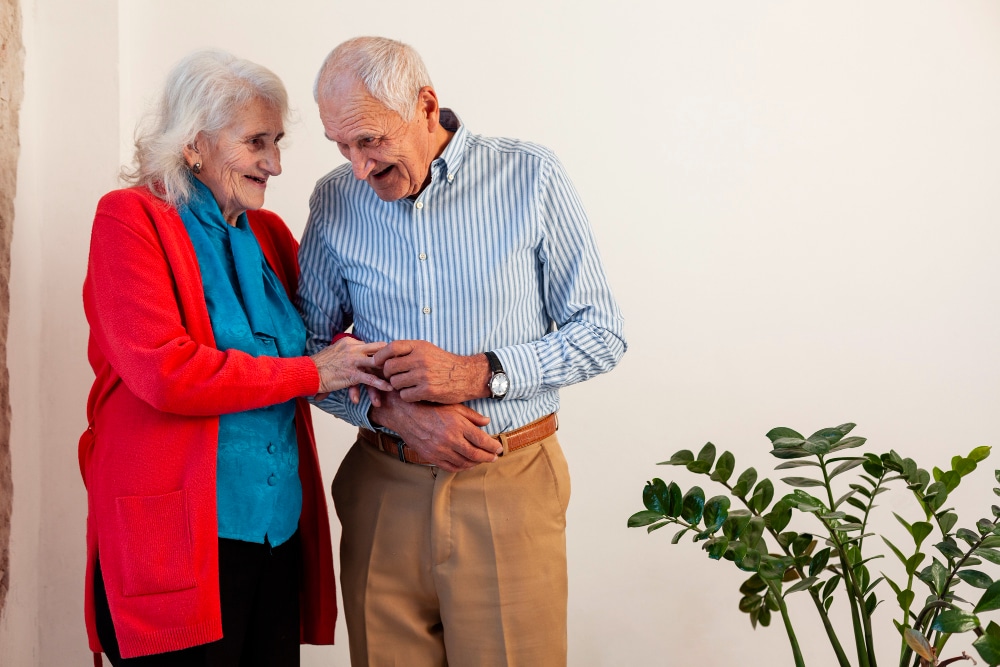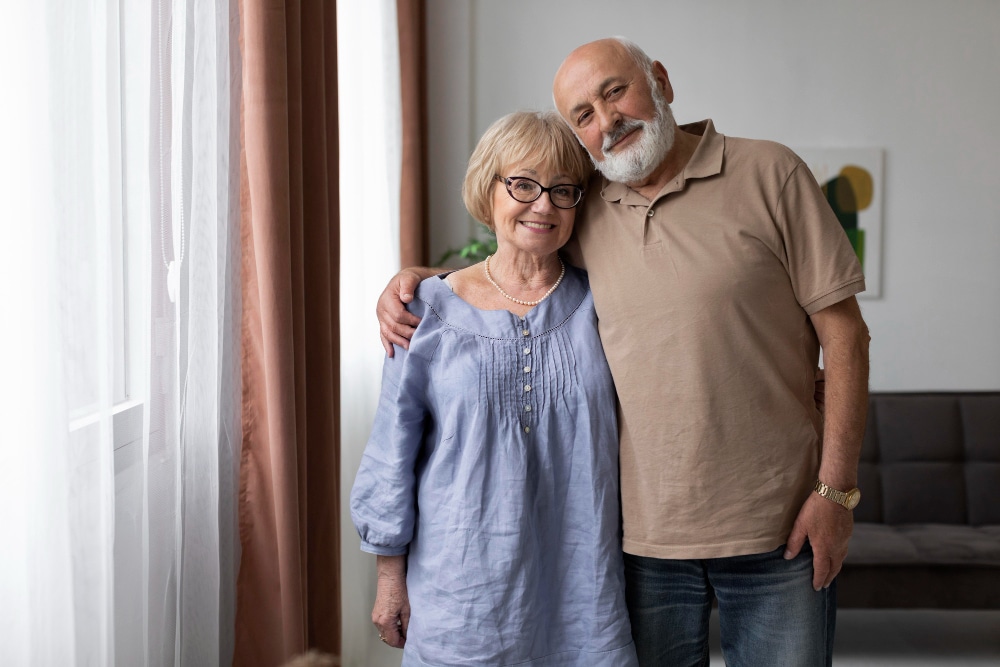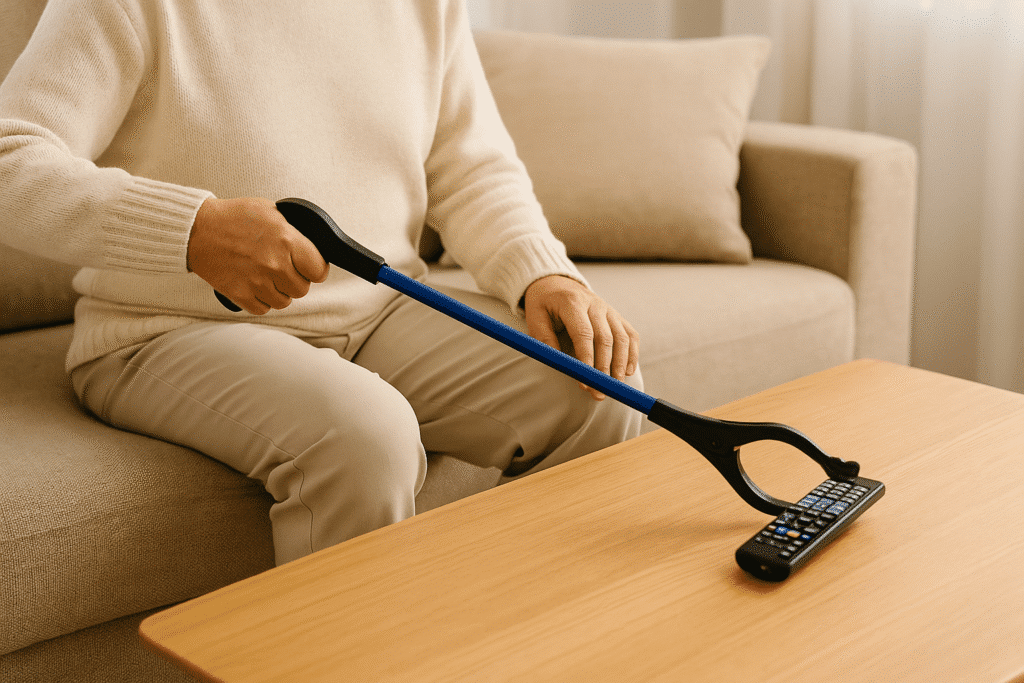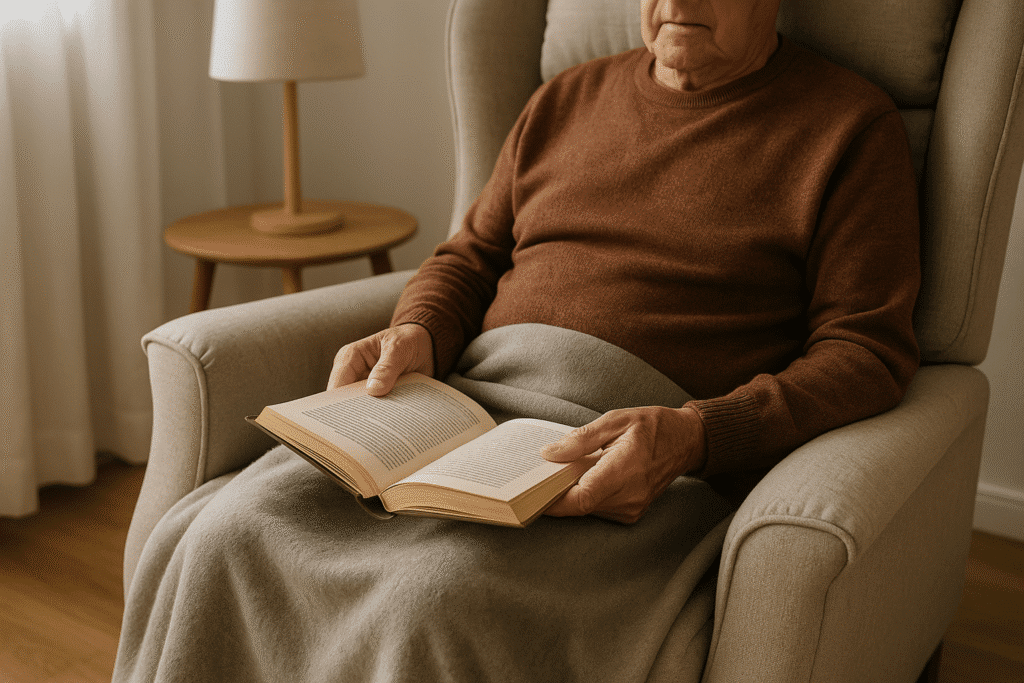Helping a senior with bathing at home requires a focus on safety, respect, and comfort.
Nearly 80% of all at-home falls happen in the bathroom, making it one of the most dangerous rooms for older adults.
By preparing the environment and using the right techniques, you can protect their well-being while preserving dignity and independence.
TL;DR:
To help a senior bathe safely at home, prepare a warm, well-lit bathroom, use safety aids like grab bars and shower chairs, and assist gently while encouraging independence. Maintain dignity with clear communication, respect privacy, and adapt the process for physical or cognitive needs.
Understand the Challenges Seniors Face With Bathing
Seniors may struggle with bathing for physical, emotional, or cognitive reasons. Recognizing these challenges helps you choose safer and more respectful approaches.
- Mobility and balance issues: Many seniors have trouble stepping into a tub or standing for long periods.
- Fear of falling: Slippery surfaces and water can increase anxiety, especially if they have fallen before.
- Cognitive changes: Dementia or Alzheimer’s can cause confusion, fear of water, or resistance to bathing.
- Sensitivity to temperature: Seniors often feel cold more easily, which can make bathing uncomfortable.
- Privacy concerns: Needing assistance can feel embarrassing and lead to reluctance or refusal.
- Skin changes: Thinner, more delicate skin requires gentle handling and mild products.
Preparing for Bathing
To prepare for bathing a senior at home, make the bathroom safe, warm, and well-lit, gather all necessary supplies in advance, and plan for gentle, respectful assistance. This ensures comfort and reduces the risk of accidents.
Make the Bathroom Safer
Small safety improvements can significantly reduce fall risk.
- Install grab bars near the toilet, tub, and shower.
- Use non-slip mats inside and outside the shower or tub.
- Improve lighting so all areas are bright and shadow-free.
- Keep the bathroom warm to prevent chills.
- Remove loose rugs or clutter from the floor.
Gather Supplies in Advance
Having everything ready keeps the process smooth and eliminates the need to leave the senior unattended.
- Towels and washcloths for drying and cleaning.
- Mild soap or body wash suitable for sensitive skin.
- Shampoo or no-rinse shampoo for hair care.
- Moisturizer or lotion to prevent skin dryness.
- Clean clothes laid out and ready.
- Shower chair or transfer bench for added safety.
- Handheld showerhead for better water control.
How to Help a Senior with Bathing at Home
A clear process helps keep bathing safe, comfortable, and efficient for both you and the senior. Follow these steps to ensure dignity, prevent accidents, and make the experience more pleasant.
Step 1: Prepare the Bathroom
Before the senior enters, ensure the room is warm, well-lit, and hazard-free.
- Adjust the thermostat or use a space heater to maintain a comfortable temperature.
- Place non-slip mats on the floor and inside the tub or shower.
- Set out all bathing supplies within easy reach.
Step 2: Assist with Entry and Positioning
Help the senior enter the bathing area safely and get comfortable.
- Offer your arm for balance or use a gait belt for extra support.
- If mobility is limited, use a transfer bench or bath lift.
- Ensure the senior is seated securely on a shower chair if needed.
Step 3: Check Water Temperature
Older adults are more sensitive to extreme temperatures.
- Test the water with your wrist or elbow before they enter.
- Aim for lukewarm water to prevent burns or chills.
- Adjust the temperature gradually to avoid sudden discomfort.
Step 4: Support Washing While Encouraging Independence
Allow the senior to do what they can while helping with harder-to-reach areas.
- Offer a handheld showerhead for easier control.
- Use gentle motions to wash sensitive areas.
- Follow a consistent order: face, upper body, lower body, to avoid confusion.
Step 5: Rinse Thoroughly
Ensure no soap or shampoo remains, as residue can cause skin irritation.
- Direct the showerhead or use a cup to pour water over the skin.
- Be extra thorough in skin folds and between toes.
Step 6: Dry and Moisturize
Pat the skin dry instead of rubbing to prevent tearing.
- Focus on areas prone to moisture buildup, like underarms and groin.
- Apply a fragrance-free moisturizer to prevent dryness or itching.
Step 7: Assist with Dressing
Help the senior dress while seated if needed.
- Lay out clothing in the order it will be worn.
- Allow them to participate as much as possible for a sense of control.
Adapting for Different Needs
Every senior’s bathing needs are unique. Adjust your approach based on their physical and emotional condition.
- For Limited Mobility: Use shower chairs, bath lifts, or sponge baths to reduce strain and prevent falls.
- For Dementia: Use calm, step-by-step instructions, keep sessions short, and maintain a soothing tone to reduce anxiety.
- For Sensitive Skin: Choose mild, fragrance-free cleansers and avoid very hot water to prevent irritation.
- When They Refuse: Offer choices (morning or evening bath), connect bathing to a pleasant activity, or involve a trusted friend or family member for encouragement.
Alternatives to Full Showers
When a full shower is not possible or practical, these methods can help maintain hygiene.
- Sponge or Bed Baths: Use warm water, washcloths, and mild soap to clean the body while the senior remains in bed or seated.
- No-Rinse Cleansers: Specially formulated wipes or foams can clean the skin without water.
- Partial Baths: Focus on high-priority areas like the face, underarms, and groin daily, and schedule full baths less frequently.
- Dry Shampoo or No-Rinse Shampoo: Maintain hair cleanliness without a full wash.
How Often Should a Senior Bathe?
Most seniors only need to bathe 2–3 times per week to maintain good hygiene and protect skin health. Daily washing of key areas such as the face, underarms, and groin is usually enough between full baths or showers.
Bathing too often can strip natural oils from the skin, leading to dryness, irritation, or even skin tears in older adults.
The ideal frequency depends on mobility, activity level, and personal preference.
For those with incontinence, more frequent washing of affected areas is important to prevent rashes or infections.
Final Words
Helping a senior with bathing at home is about more than cleanliness; it is about ensuring safety, preserving dignity, and creating a calm, positive experience.
By preparing the bathroom, using safety aids, and adapting the process to individual needs, you can make bath time safer and more comfortable.
Small adjustments, patience, and respectful communication go a long way in keeping seniors clean, healthy, and confident in their daily routines.
FAQs
How do I help a senior who refuses to bathe?
Identify the reason for refusal, fear, discomfort, or privacy concerns, then address it gently. Offer choices, involve trusted people, or link bathing to a pleasant event. Respect their autonomy while explaining the health benefits.
What is the safest way to help a senior in the shower?
Prepare the bathroom with grab bars, non-slip mats, and a shower chair. Check the water temperature, stay nearby for support, and use a handheld showerhead for better control. Encourage them to do what they can independently.
How often should seniors bathe?
Most seniors benefit from bathing 2–3 times a week, with daily cleansing of high-priority areas. Adjust frequency based on activity, health conditions, and personal comfort.
Are sponge baths effective?
Yes, sponge baths are an effective alternative when full showers are not possible. They can keep the skin clean, prevent odor, and reduce infection risk, especially when done with warm water and mild soap.
What products make bathing safer for seniors?
Useful products include grab bars, non-slip mats, shower chairs, handheld showerheads, and mild, fragrance-free cleansers. These tools improve safety, comfort, and ease of bathing for older adults.
Kevin leads ElderSavvy’s product testing with a focus on real-life usability. With years of experience evaluating senior-friendly tools, he ensures every recommendation is practical, comfortable, and built for daily use—just like he’d choose for his own family.

